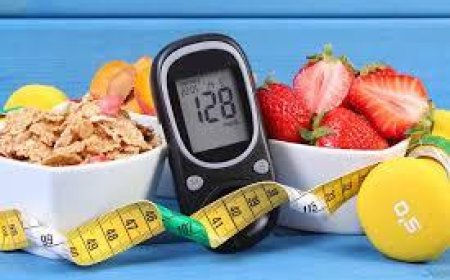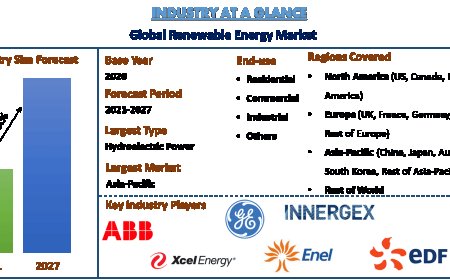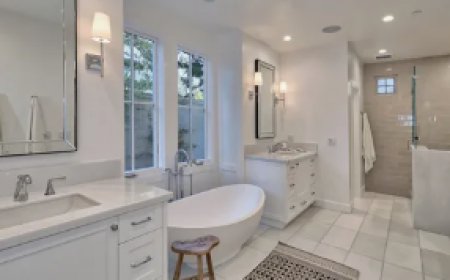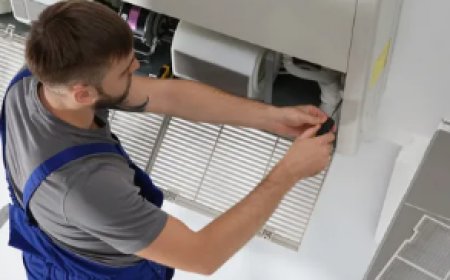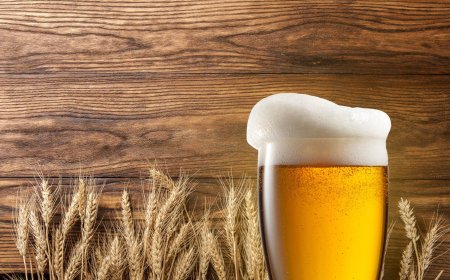Everything You Need to Know About Corrugated Boxes
it is important to learn the value of corrugated packaging so that you can make the right packaging decisions.
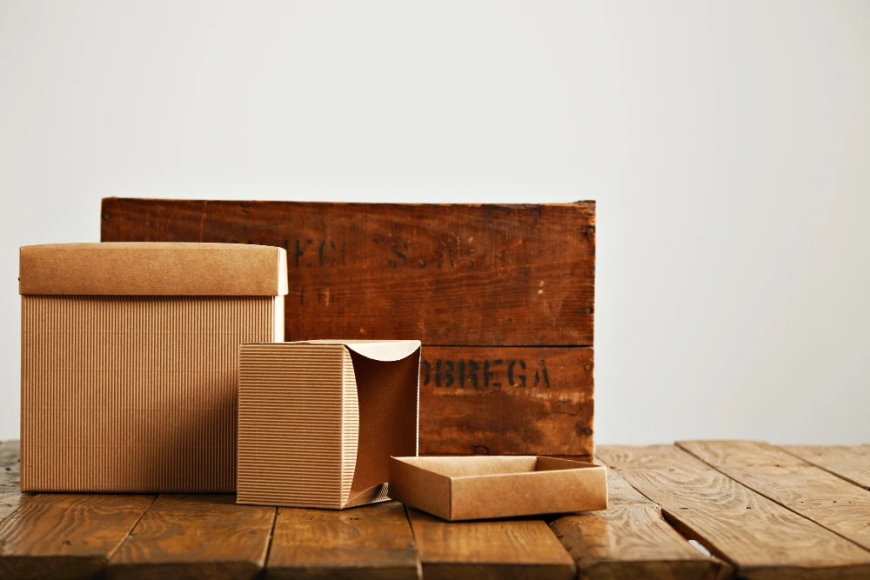
Corrugated boxes are an integral part of the global packaging industry. Whether it is e-commerce or manufacturing, Corrugated Packaging Boxes offer a protected and environmentally friendly way of shipping and storing goods. Their application in all industries is not a fluke; it is the result of years of trial and error and research in the composition of materials, design, and function.
Here, we get to know all about corrugated boxes, i.e., their construction and categories, uses, and advantages. Whether you are a distributor, manufacturer, or businessman, it is important to learn the value of corrugated packaging so that you can make the right packaging decisions.
What Are Corrugated Boxes?
Corrugated boxes are made of corrugated fiberboarda product made of a wavy sheet fluted between two smooth liner boards. The multi-layer build gives the box strength, toughness, and lightness. The corrugated or fluted build offers much better shock absorbency and resistivity than that of normal cardboard and is ideal for protecting contents from damage during transportation.
Fluting comes in various sizes such as A, B, C, E, and F flutes, and they are utilized to achieve different packaging solutions depending on the weight, fragility, and product size.
How Corrugated Packaging Is Made
The production process begins from wood chip processing to create kraft paper. Paper is treated and processed to create the fluted inner sheet and outer liners. Sheets are laminated onto another to create a corrugated board, which is cut, printed, and folded into specific box shapes.
Corrugated Packaging Boxes may be single-wall, double-wall, or triple-wall depending on product requirements. The greater the number of layers, the greater the strength and protection.
Types of Corrugated Boxes
There are several types of corrugated boxes with their respective applications:
-
Regular Slotted Container (RSC): Most frequently used, suitable for shipping multiple commodities.
-
Full Overlap Container (FOL): Offers extra strength and security for heavier commodities.
-
Die-Cut Boxes: Made specifically to hold particular product sizes, typically for retail and display use.
-
Telescoping Boxes: Made from two separate pieces that fit into one another, delivering flexible depth.
These frameworks may be enhanced with coatings, water-proofing, or secondary inserts depending on the requirements of the industry.
Applications Across Industries
Corrugated boxes are employed by all but almost every industry, i.e., electronics, food and beverages, pharma, autos, apparel, and logistics. Dubai Packaging Companies have been quick to adopt corrugated solutions in recent years due to the fact that they are cost-effective and eco-friendly.
Applications:
-
Principal areas are:
-
Shipping and logistics
-
Display packaging in retail
-
Packaging in e-commerce
-
Bulk storage industrial
-
Transport of agricultural produce
Their versatility provides room for branding, product protection, and adapting for sustainability.
Advantages of Corrugated Boxes
There are many benefits provided by corrugated packaging, including:
1. Protection and Strength
The corrugation provides excellent cushioning, which reduces the risk of damage during transit.
2. Light Construction
While being strong, corrugated boxes are light, making shipping and handling economical.
3. Environmentally Friendly
Corrugated materials are biodegradable and recyclable, aligning with the world's environmental objectives.
4. Cost-Effective
Simple to manufacture and transport, Corrugated Packaging Boxes offer an excellent ROI for small, medium, and large enterprises.
5. Customization
Firms can approach Custom Packaging Boxes UAE vendors to get boxes that speak for their company with product-specific features.
Corrugated vs. Cardboard: What's the Difference?
Another myth is that corrugated boxes and cardboard are synonymous. Standard cardboard (like cereal box material) lacks the inner flutes, hence is less shielded and utilized for just light products.
Corrugated Cardboard Manufacturers, however, desire to create high-strength products which may withstand pressure, dampness, and external forces.
Environmental Footprint and Sustainability
With global focus on environmentally friendly packaging, corrugated packaging is the solution. Corrugated boards are mostly 70100% recycled paper and can be completely recycled when put to use. This reduces carbon emissions and supports consumers' concern for environmentally responsible practices.
In addition, advancements in digital print and water-based inks promote the eco-friendliness of corrugated packaging solutions.
Best Practices for Business Using Corrugated Boxes
To get the best from Corrugated Packaging Boxes, business organizations should have in mind:
-
Know the product: Know size, weight, and fragility to choose the right box type.
-
Work with experienced suppliers: Work with specialists to deliver quality, consistency, and on-time delivery.
-
Design custom first: Add your market's specific branding, labeling, and protection features.
-
Think storage: Flat-pack designs have smaller warehouse space and lower handling costs.
-
Assess sustainability: Select recycled and recyclable materials whenever possible.
Last Thoughts
Corrugated packaging is not a box, but a solution that exceeds functionality, sustainability, and branding. From the protection of fragile items to enhancing your product's shelf presence, Corrugated Packaging Boxes are part of today's engaged, sustainable marketplace.
For businesses seeking safe, high-quality corrugated solutions, Bedyahpack is a business you can trust in the UAE. With years of experience and a steadfast commitment to excellence, Bedyahpack offers a comprehensive range of configurable packaging solutions that are designed to suit your specific needs. Retail, manufacturing, or logistics, Bedyahpack helps you elevate your packaging strategy to new levels with effective and sustainable performance.


































